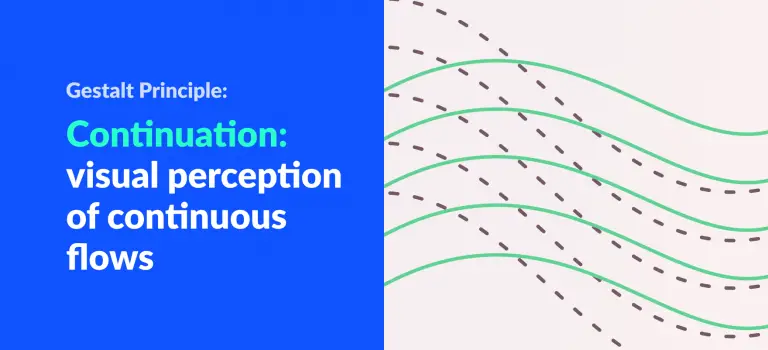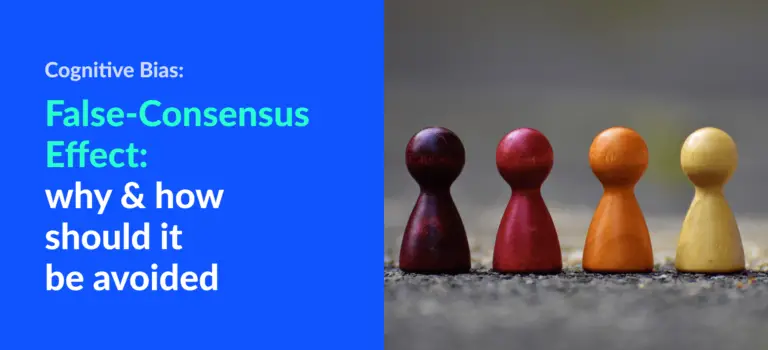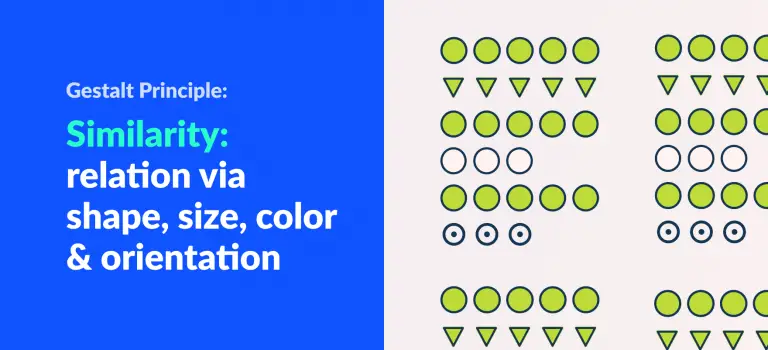Uncanny Valley: Why we feel uncomfortable with realistic human-like artificial forms?
Some of us may look back at some old-school video games we played as kids, and wonder how nice it might have been had they possessed more realistic graphics, instead of the primitive and clumsy 3D graphics in which they were made.
While it is natural to yearn for better and more realistic graphics in design and art forms, is it really the case that realism, by itself, will enhance our viewer experience? In this section, we shall explore a little bit about how realistic images actually affect our viewing experience.
What does Uncanny Valley mean?
We have technologies to create renderings from computers that are very similar to real-life humans or human parts. Why don’t we do it then? Because the uncanny valley phenomenon suggests that making highly realistic human forms that could be recognized as artificial is unappealing to people.
The term “uncanny valley” is a reference to the Masahiro Mori graph that compared the appeal realism has over people. The graph has a big dip when realism is close to 100%. This dip is called the uncanny valley.

Even if the products are made to look unlike real humans, it can be appealing to users if done right. However, the products that are realistic like prosthetics or computer-generated characters are unappealing to us.
Mannequins are an example of avoiding the uncanny valley phenomenon. They are more abstract and not aimed at realistic features. It is believed that unrealistic mannequins are better than highly realistic ones.

This is also one of the reasons for game developers to not opt for very realistic game characters. Instead of getting applauds for their work, they have a risk of completely wasting their efforts because of the phenomenon.
Uncanny Valley Verification
This phenomenon has not been completely proven yet. People are still debating on this phenomenon, stating that this is merely the result of people’s unfamiliarity with realistically rendered figures. But recent research suggests that it is a real phenomenon.
Recent studies suggest that the reason behind our dislike for realistic figures lies in our natural habit of not going near sick or dead people. This evolved habit helped our ancestors steer clear from infections.
However, a side-effect of this evolution is that our brains unconsciously interpret ultra-realistic artificial depictions of humans as those belonging to sick or dead people. This is probably why realistic images are unappealing.
Identifying a few characteristics of Uncanny Valley
While every possible condition for forms to go into the uncanny valley is not yet verified, some of them have been labeled as suitable conditions.
- Unusually positioned facial features and proportions of the body.
- Realistic forms that are recognizable to be artificial.
- Eye movements that don’t feel natural.
- Asymmetry of body features.
The Polar Express ‘experiment’
The Polar Express is a movie directed by Robert Zemeckis. The movie uses highly realistic computer-generated characters. The characters were impressively made but had a strange feel to it.
People reviewed it to be zombielike because of the lack of eye movement. This raised awareness of the Dead Eye Syndrome.
When someone can’t feel anything or can’t identify what they feel, the eyes don’t properly express with corresponding facial gestures. This is called the Dead Eye Syndrome.
Summing it Up
- Uncanny Valley is a phenomenon that states that forms or figures are unappealing to people when they are too realistic.
- While not proven, it is highly suggested that this is a real phenomenon.
- Always consider uncanny valley when making animated forms.
- Always be aware of unnatural movements as it is one of the reasons for a negative reaction from people.







